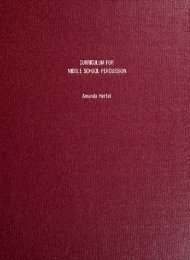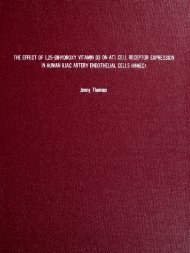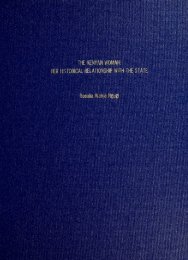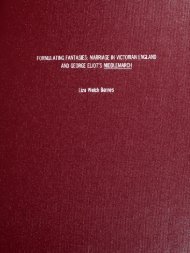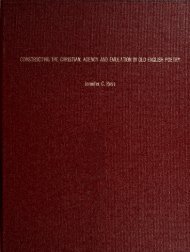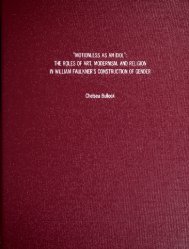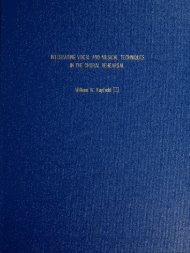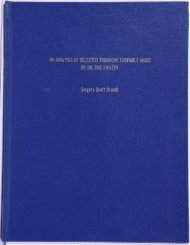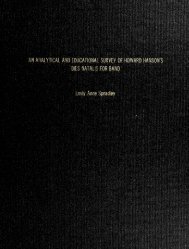An Analytical and Educational Survey of Roger Boutry's Mtachrome
An Analytical and Educational Survey of Roger Boutry's Mtachrome
An Analytical and Educational Survey of Roger Boutry's Mtachrome
You also want an ePaper? Increase the reach of your titles
YUMPU automatically turns print PDFs into web optimized ePapers that Google loves.
Chapter 9STANDARDS AND SEQUENCENational St<strong>and</strong>ards for Music EducationThe National St<strong>and</strong>ards for Music Education state what every young American musicstudent should know <strong>and</strong> be able to do in the areas <strong>of</strong> content <strong>and</strong> achievement. They weredeveloped in response to education reform efforts, beginning in the 1980s. In 1983 A Nation atRisk was published, revealing the need to describe the knowledge <strong>and</strong> skills students needed inall subjects to fulfill their personal potential <strong>and</strong> to function successfully in society. Theimplementation <strong>of</strong> Goals 2000: Educate America Act put the national goals into written law,declaring the arts as a core academic subject, on the same level as English, math, history, etc.The goal <strong>of</strong> these st<strong>and</strong>ards is to create consistency <strong>and</strong> credibility in school curriculums.The National St<strong>and</strong>ards for Music Education are listed below. All <strong>of</strong> the st<strong>and</strong>ards areimplemented in the lesson plans for <strong>Roger</strong> <strong>Boutry's</strong> Metachrome, with the exception <strong>of</strong> st<strong>and</strong>ard3, because improvisation is not used in <strong>Roger</strong> <strong>Boutry's</strong> Metachrome. It can be incorporated intolesson 5 at the discretion <strong>of</strong> the teacher.1 Singing, alone <strong>and</strong> with others, a varied repertoire <strong>of</strong> music.2. Performing on instruments, alone <strong>and</strong> with others, a varied repertoire <strong>of</strong> music.3. Improvising melodies, variations, <strong>and</strong> accompaniments.4. Composing <strong>and</strong> arranging music within specified guidelines.5. Reading <strong>and</strong> notating music.6. Listening to, analyzing, <strong>and</strong> describing music.7. Evaluating music <strong>and</strong> music performances.8. Underst<strong>and</strong>ing relationships between music, the other arts, <strong>and</strong> disciplines outsidethe arts.9. Underst<strong>and</strong>ing music in relation to history <strong>and</strong> culture.



